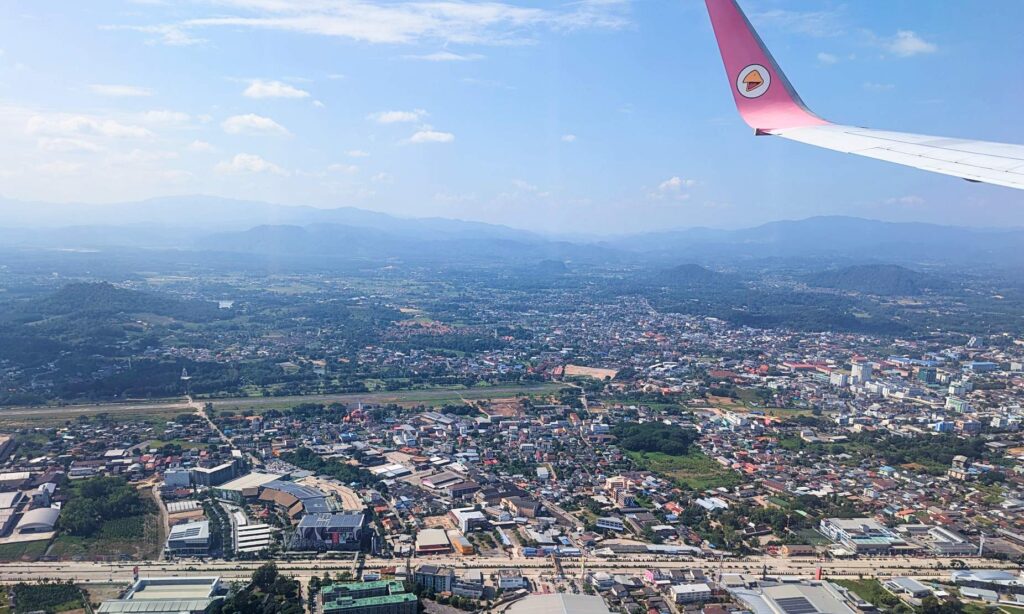Are you a global technology leader in your industry looking to tap into new fast-developing markets? A B2B go-to-market (GTM) strategy is your essential roadmap to success. A robust GTM strategy aligns your entire organization towards a unified objective.
Here are 5 main points when you start to develop your strategy:
Direct Sales vs. Distributors: Tailoring Your Strategy by Country
When expanding into the diverse markets of the Asia-Pacific (APAC) region, B2B manufacturers must carefully consider their go-to-market strategy. One of the first decisions is whether to sell directly to customers or partner with local distributors. Each country in APAC presents unique challenges and opportunities, making it essential to define your approach based on local market conditions. For instance, in Thailand, a direct sales model may work well for high-tech industrial products, while in Indonesia, leveraging established distributors could provide better access to local networks and customer bases. Understanding the nuances of each market will help you determine the most effective strategy for your business expansion. Your decision here will also impact how you deliver Customer Service in the region as well.
(Truly) Understand Cultural and Country Differences
As you develop your go-to-market strategy, it is crucial NOT TO underestimate the cultural and legal differences across APAC countries. A unified strategy is often impractical due to variations in legal frameworks, languages, and consumption patterns. For example, marketing messages that resonate in Singapore (a modern service-driven economy) may not have the same impact in Vietnam (an emerging competitive manufacturing hub with still a strong agricultural economical engine). Some industries may be more strongly impacted by cultural differences. For example meat consumption patterns vary hugely between countries depending on religion and preferences, impacting upstream equipment and feed markets. Additionally, local regulations can significantly affect how you operate, from compliance requirements to distribution channels. Therefore, conducting thorough market research and adapting your strategy to fit the cultural context of each country is vital for success in the region.
Bringing Value to the Region: Aligning with Government Initiatives
When entering APAC markets, consider what unique value your business can bring to the region. It is often easier to “surf” on local modernization initiatives rather than trying to push your own messaging onto a customer base that doesn’t yet know you. For example, Thai government has been articulating clear “Industry 4.0” goals, pushing initiatives in Robotics and Electrical Vehicles production. Using those initiatives as a stepping board to engage with your local audiences will provide valuable to save time, gain instant credibility and gain institutional allies.
Collaborate with a regional agency that understands your business and the region
Collaborating with a true Southeast Asia leadgen agency, like Reachlane, can also help you navigate these opportunities effectively and establish a strong foothold in the market.



